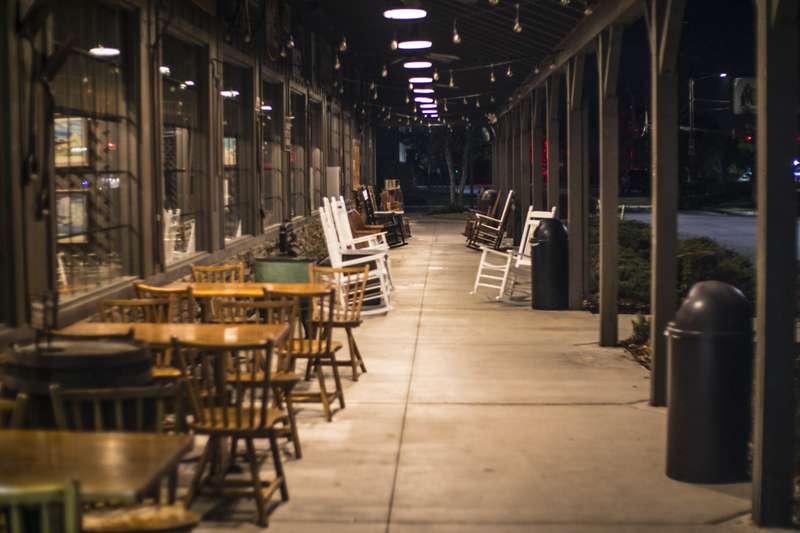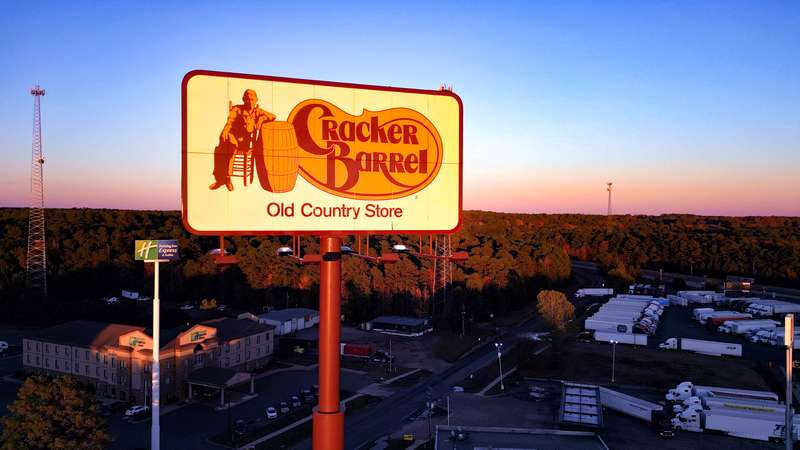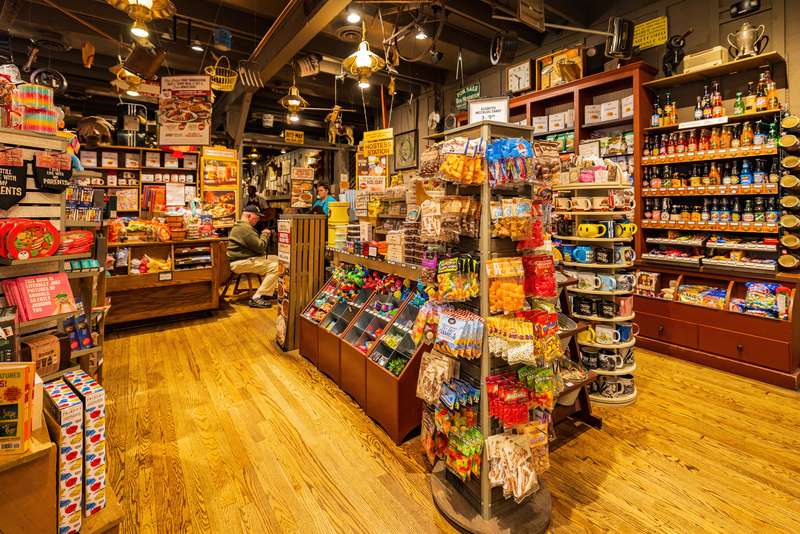The iconic front porch rocking chairs at Cracker Barrel restaurants aren’t getting as much use these days. The beloved country-store-themed chain has watched its customer base steadily decline, with traffic dropping a concerning 4% in early 2024. What’s behind this exodus from one of America’s most recognizable restaurant brands?
Price hikes push away core customers

The heart of Cracker Barrel’s struggles lies in its pricing strategy. With price increases of 8.8% in recent quarters, the restaurant chain has inadvertently alienated its core customer base – particularly those earning under $60,000 annually.
These price hikes, combined with broader inflation concerns, have transformed what was once considered a value-oriented dining option into a more significant expense for many families. Consider this: a family of four might now spend upwards of $75 for a meal that would’ve cost around $60 just two years ago.
Marketing misses the mark
In an era of aggressive promotional campaigns by competitors, Cracker Barrel’s marketing efforts have fallen flat. The company openly admits its marketing messages weren’t as effective as intended, particularly during crucial sales periods.
While other chains bombarded consumers with value deals and promotional offers, Cracker Barrel’s quieter approach left them at a disadvantage. The reduction in marketing spend during key quarters proved to be a critical misstep in maintaining customer awareness and engagement.
Store closures signal deeper problems

The situation has become serious enough that four stores have already closed in 2024, with fears of additional closures looming. Restaurant sales declined 1.5% while retail shop sales dropped 3.8%, indicating troubles across both aspects of the business model.
What would happen if Cracker Barrel closed 10% of its lowest-performing locations? Industry analysts suggest such a move might actually strengthen the brand’s overall financial health, but at the cost of reduced market presence and customer accessibility.
Guest experience needs improvement
The company acknowledges room for improvement in its guest experience. Longer wait times and inconsistent service have frustrated loyal customers, prompting management to invest in additional staff training and increased front-of-house hours.
Basic operational issues, such as extended “seat-to-eat” times and declining service standards, have contributed to customer dissatisfaction. These problems suggest a disconnect between the brand’s homestyle promise and its actual delivery.
A $700 million transformation plan

Under new CEO Julie Masino, Cracker Barrel is betting big on a comprehensive overhaul of its stores and menus. This includes brightening up interiors, introducing new menu items, and implementing a more sophisticated pricing strategy.
The transformation extends to a new loyalty program, which has attracted 6 million members who visit 50% more frequently and spend 10% more per visit than non-members. However, these improvements come with a catch – prices in many locations will increase as part of the renovation process.
As Cracker Barrel navigates these challenges, the question remains whether its ambitious transformation plan can reconcile the need for modernization with the authentic country charm that made it successful in the first place. The next few quarters will be crucial in determining if this American dining institution can regain its footing or if more empty rocking chairs are in its future.


